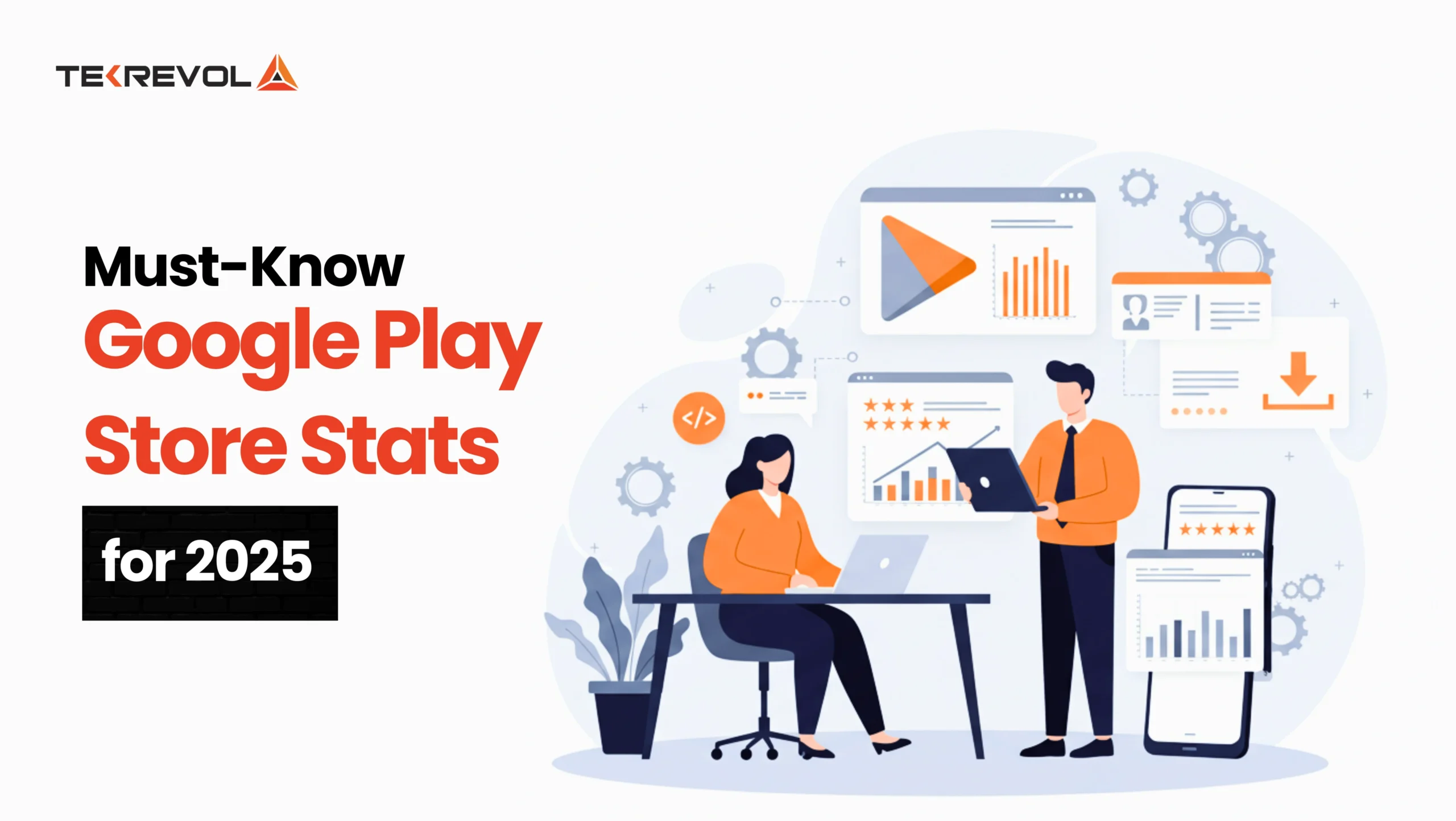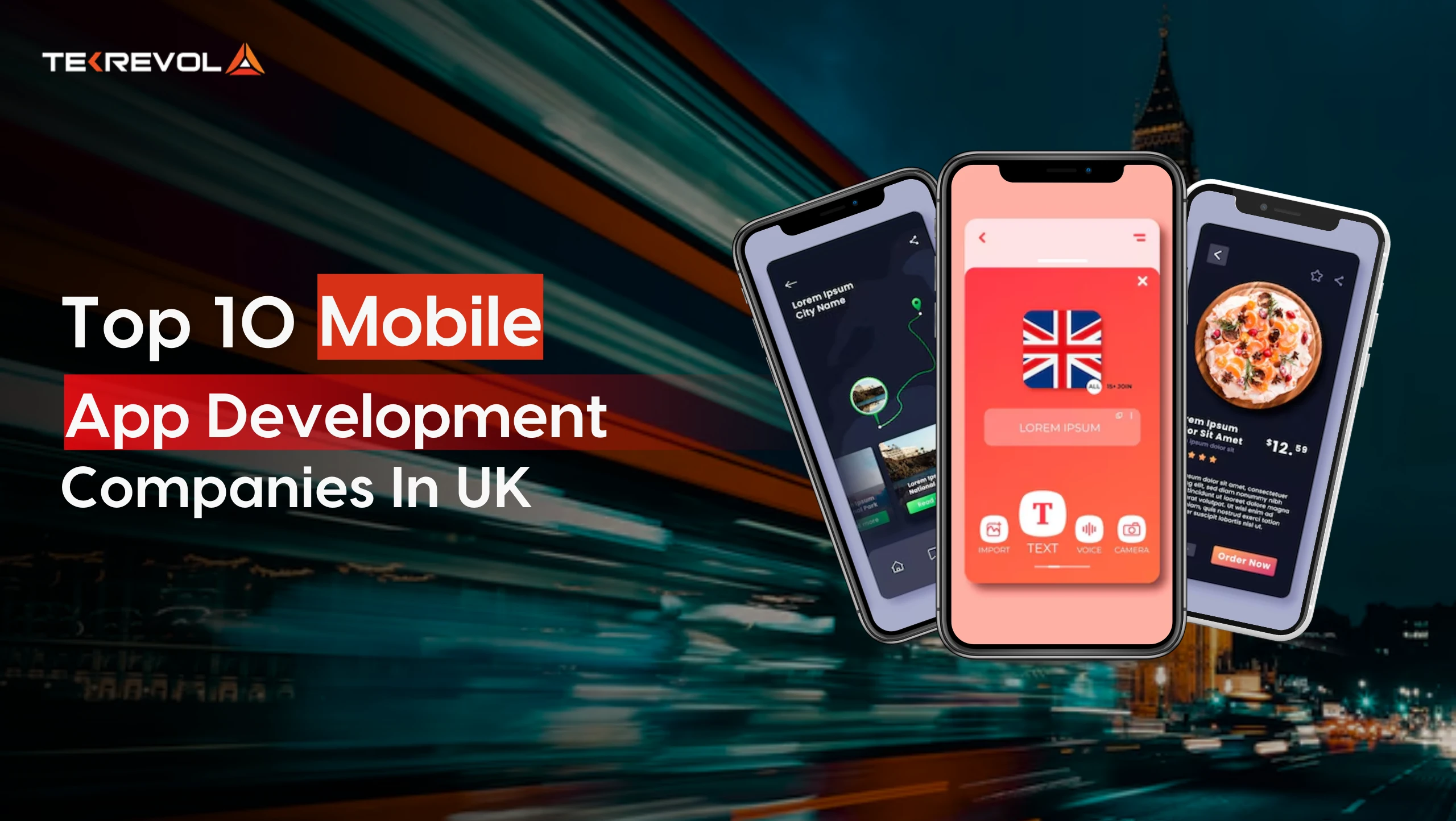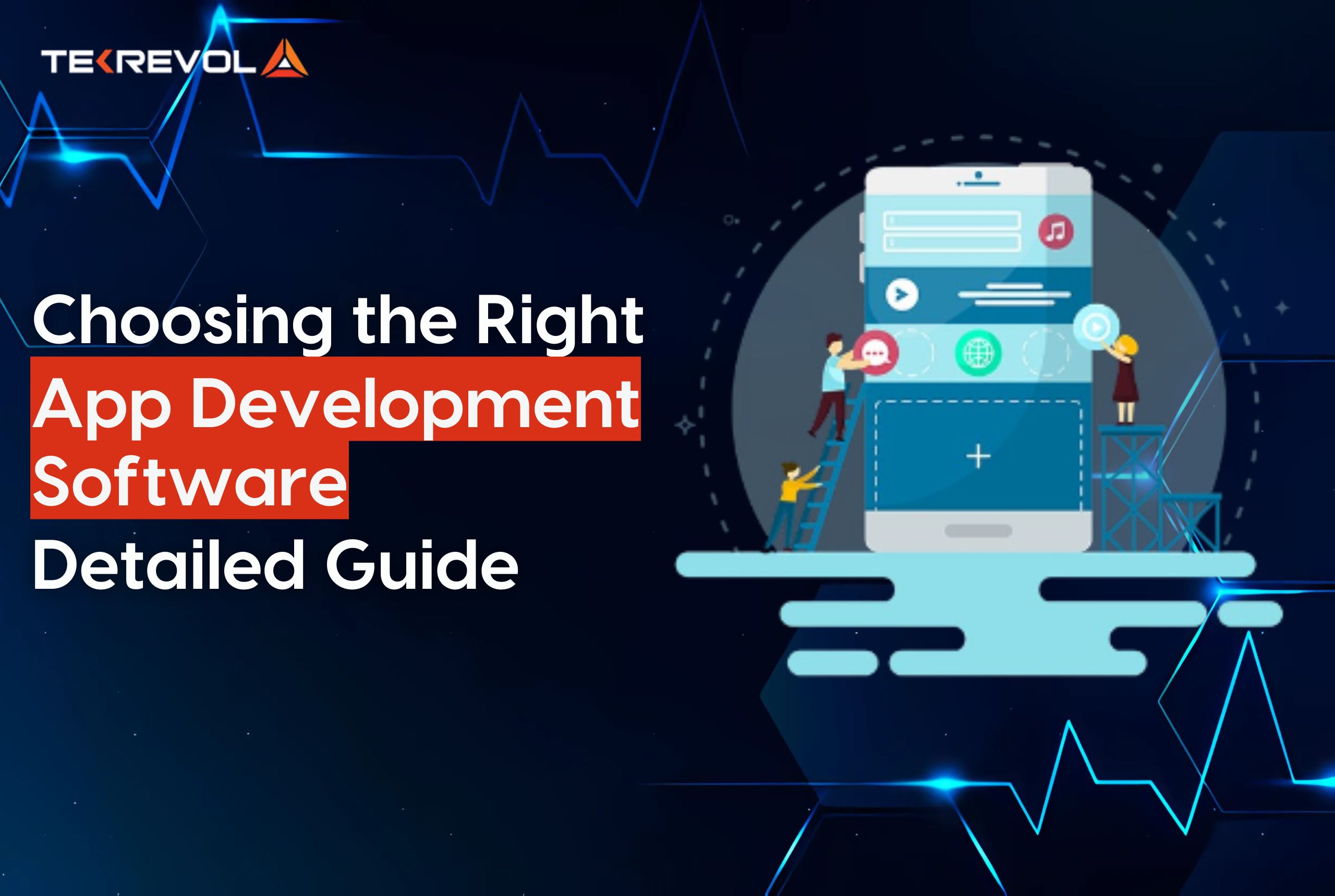A minimum viable product also known as MVP is a development methodology that involves the development of an initial product integrated with basic features just enough to satisfy the early adopters.
The final product with the complete set of features is only designed and developed once feedback from the product’s initial users has been received”.
The MVP product created goes through a process of continual iterations and refinements until the feedback received from the users is positive.
The MVP method is especially not new to people who belong to the digital world – for websites and mobile apps, MVPs are extremely important.
Hence, they’ve been implementing this methodology from the start.
Whether it’s an App prototype developed by an Android App development agency or a landing page creation before building an entire website – the digital realm is full of MVP projects.
Since the MVP method has been around for years, several successful companies have adopted this technique of creating MVPs before creating a final product.
Also, the MVP methodology has been misunderstood for years now.
This article is written to sort the approach and utilization of the strategy out.
Today in this article, we’re going to explore what is MVP and the billionaire companies that have adopted minimum viable product ideology to make a name for themselves.
Moreover, we will also touch on the MVP mediums examples that will explain how an MVP is built according to the brand.
Let’s begin.
- In Search Of An App MVP? Get In Touch Today!

The Top 10 Minimum Viable Product Examples
There are several MVP examples of MVP startups that we could list here.
Still, we made sure to enlist the most well-known minimum valuable product examples to help you understand how viable the MVP project ideology is.
Whether businesses are creating iPhone apps, Android apps, or digital products, implementing the MVP-first approach is critical to validate a project and ensure success.
Here is a list of ten common minimum viable product examples:
- 1.Product Design MVP product.
- 2.Dropbox Video As An MVP Product.
- 3.Pebble Crowd Funding MVP product.
- 4.Piecemeal MVP product.
- 5.Buffer’s Landing Page MVP product.
- 6.Concierge MVP product.
- 7.Zappos Prototyping MVP product.
- 8.Software Prototype MVP product.
- 9.AdWords MVP product.
- 10.Airbnb MVP product.
Let’s explore each one of the components mentioned above one by one.
Keep in mind that the term “Minimal Viable Product” consists of two words, “Minimum” and “Viable” and what this means is that, the development of product may differ concerning the niche or field of the minimum viable product (MVP).
For example, in an MVP website’s case, simply having a landing page in the initial phase might be an excellent MVP example.
However, in a mobile application’s case, a fully developed mobile application with some basic but complete functionality would be an MVP example.
With the approach jargon out of the way, let’s explore some of the examples of MVPs that have been implemented, tested, and authenticated by brands in recent years.

1. Product Design As An MVP Example

Image Source: Infoq
Designs as an MVP include sketches and wireframes to complex mockups of the product.
All of these can be an example of an MVP in the design category. Let’s explore design MVPs furthermore:
Sketches
Sketches briefly explain the fundamentals of your product.
They can be hand-drawn on a whiteboard, paper in the system using tools like Proto.io, etc.
This MVP medium is specially designed to represent an innovative business plan/idea in front of the investors.
Your MVP sketch may showcase the main screens or web pages along with core mechanics.
Wireframes
Wireframes are more inclined towards providing detailed information about the design, functionality, system elements, navigation, features, and user-interface.
Wireframes correspond to the platform’s guidelines on which your product is based, i.e., iOS, Android, or Web.
This MVP product allows you to reshape your plan by testing its functionality before the final launch and requires a limited budget.
Mockups
Mockups are a completely developed full-size portrayal of your MVP product, and they’re ready for implementation after, of-course, some iterations.
The mockups are similar to wireframe in terms of their usage.
They can be used for a product’s demonstration, evaluation, and promotion.
To test the functionality of the final product, mockups can also be made interactive.
The best thing about mockups is that they’re not made to waste in the future.
Instead, they’re a final representation of your product that will eventually be implemented after some revamp.
This ensures that your hard work, time, and resources will not go to waste.

2. Dropbox Video As An MVP Example

Image Source: eCommerce
Sometimes all you need is a good stunning video to introduce your brand to the audience, and videos are a good option if you are willing to do so.
Demo videos, as a minimum viable product example, tend to resonate with the audience.
They create a conflict of view by asking the audience if the solution proposed by the brand is really viable or not.
Perhaps, the greatest example of this MVP startup is the Dropbox video.
Before starting investing in the project heavily, Dropbox released a video in which they introduced their audience to the idea of having a digital store where they can safely upload all their important data.
Of course, the idea was really innovative – the 3-minute video received super-positive feedback.
This feedback sparked the company’s urge to get the necessary investment in line to develop Dropbox, and today, Dropbox is being used by 9,844 companies in the U.S.A, let alone globally.

3. Pebble Crowd-Funding As An MVP Example
Crowd-funding is the method of acquiring a specific amount of contribution from the audience, usually via the internet.
Pebble used this minimum valuable product methodology to receive payments for its product before production and validated the idea of crowd-funding.
Pebble is an e-paper customizable watch for smartphones, and the audience loved the idea; hence, they pre-booked the watch.
This minimum viable product example raised over $10 million on Kickstarter.

4. Piecemeal As An MVP Example
The piecemeal MVP startup methodology comprises the existing tools and services in your own project to add new functionality and user experience to the product.
It involves the collection of necessary elements and combining them together to reshape the product.
The only difficulty, however, would arrive in case it comes to partnership with other services.
You would have to incorporate their value in your
The piecemeal MVP startup methodology comprises the existing tools and services in your own project to add new functionality and user experience to the product.
It involves the collection of necessary elements and combining them together to reshape the product.
The only difficulty, however, would arrive in case it comes to partnership with other services.
You would have to incorporate their value in your MVP startup.

5. Buffer’s Landing Page As An MVP Example

Landing pages are created for marketing purposes.
They are based on a single page, incorporated with content, integrated with a CTA, and have certain fields expected to be filled by the users.
These pages can be used for MVP product promotion or sales by driving the audience to the landing page.
This amazingly beneficial example of MVP is enlisted here because of its advantages and value offering.
Instead of spending thousands of dollars on creating an entire MVP website, you can simply create an extremely cost-effective landing page and use it to skyrocket audience interest, engagement or promote your upcoming product.
This approach would eventually build your customer base and refine your product through customer feedback.
One of the best minimum viable product examples of the landing page MVP is Buffer.
Buffer is a social media management tool that lets you schedule your social media posts on multiple social media channels.
During the initial launch, Buffer’s owner Joel Gascoigne decided to create a landing page.
The audience came to the landing page, and when they clicked on “Plans and Pricing,” they were required to leave their email to receive product updates.
When Joel observed that the audience’s response was positive, people were actually leaving their email addresses – he updated the page by enlisting prices for the packages.
Eventually, he started building the initial version of Buffer – an MVP product.
This is the perfect MVP example of iteration that explains that – you don’t always need a ready to roll product to entice your audience.
Instead, getting your audience’s feedback about your MVP product and implementing development after analyzing the feedback is a more viable approach.

6. Concierge As An MVP Example
This MVP product example helps you validate whether your idea of the product or services is useful or not while focusing on selecting the targeted audience.
This process involves providing services to the audience before developing a digital presence or product.
This approach gives you a customer base and an analysis of your audience.
The analyzed information is then used to refine and reshapes your MVP startup business.

7. Zappos Prototyping As An MVP Example
The prototyping method involves creating a product that looks completely functional on the outside.
However, behind the scenes, it is manually operated by humans.
This type of MVP product can also be called the “Flintstone minimum viable product.”
Zappos, the famous shoe brand, is a perfect example of prototyping.
The found of Zappos Nick Swinmurn wanted to validate his business idea before investing in it so, he took photos of the shoes at a store and posted them on the internet.
When he saw people interested, he started investing in the business.
These days, Zappos company worth is around a billion-dollar.

8. Software Prototype As An MVP Example
The most prominent type of MVP product example out there – Software prototyping is completely normal in the IT industry.
It involves creating a Minimum Viable Product that is incomplete in terms of features and functionalities.
This custom software development is an incomplete version of the program developed once positive feedback has been acquired from the user end.
Moreover, I recommend that you opt for an MVP prototype software if you have previously tested the idea.
You got support from your target audience.

9. AdWords Express As An MVP Example

AdWords Express falls into the category of prototyping and is another great example of an MVP project.
Think of this MVP project as a simplified version of AdWords that generated ad copies for users.
From the beginning, the process of receiving ad copies seemed automated and revolutionary.
However, it was later revealed that there were a group of students in the back-end who were writing ad copies really, very quickly.
When this experience was validated, the real automated version of the AdWords Express was rolled out, which was now fully automated (no tricks).

10. Airbnb As An MVP Example
The Owner of Airbnb couldn’t afford the rent of their apartment in like cities of New York, Houston, Chicago, Miami, Austin, and San Francisco, so they came up with the idea of placing an air mattress in their living room, hence turning it into bed breakfast.
The goal was to make money, but then they realized that the combination of bed and breakfast is amazing and could become a goldmine.
Hence, they started reaching out to their targeted audience, which means validating the idea before investing in it.
They got a lot of positive feedback, and the rest is history, and today, Airbnb has a net worth of $4.7 billion.

How To Build A Minimum Viable Product
The evolution of the digital world has enabled the audience to become tech-savvy.
Therefore, it has become super-difficult to surprise the audience.
Similarly, developing something cost-effective, fast, and high-performing seems quite impossible today.
No one is willing to sacrifice the quality, functionality, or features of a product, even if it is just a test.
The reason for this is that a significant chunk of the market is already using high-end products.
Therefore, diminishing sensitivity and losses has become increasingly difficult for new businesses.
However, if you’re planning to test a new idea with the most minimal effort, a minimum viable product development strategy should be considered.
So, here’s how you can start working on your MVP product by following the minimum viable product examples mentioned in the article.
If you already have a great MVP concept, don’t waste your time in the complex market. Drop us a line and start validating and scaling your MVP product with Tekrevol as your reliable partner.
Get In Touch
How You Can Build A Minimum Viable Product
The 4-Step Process
Let’s learn how to put the newly acquired information from the minimum viable product examples to build your MVP.
Step 1 – The Market Research
By conducting comprehensive market research, you’ll lay the foundation of your MVP product.
The research phase is also an integral part of the overall MVP strategy that you’re implementing here.
Additionally, wisely selecting the market where you’re launching your MVP product is also crucial because it would be challenging to compete with well-entrenched products that already have some audience.
So for a successful launch of your MVP product, you should analyze your competition, design a revolutionary experience, add primary features and focus on being excellent in performance.
All of the aspects mentioned above should be geared towards delivering an innovative experience to your users.
After that, based on the context, you can determine the viability of your MVP product.
Step 2 – Finalizing The MVP Concept
To describe, visualize, assess and understand the MVP concept, you can use a Business Model Canvas.
When developing your MVP, you need to be clear of the value it will create, deliver and capture back from the users.
Also, a Business Model Canvas will help you finalize your minimum viable product example and sync it with a greater product vision.
Moreover, your business canvas should have the following components covered to help you effectively execute product strategy:
- Critical Resources
- Key Action Items
- Key Investors/Partners
- Target Market
- Customer Segmentation
- Distribution Channels
- Cost Structure
- Revenue Streams
- Customer Relations.
Step 3 – Streamlining The MVP Functionality
When developing your MVP example, you should be clear of the functionality that you’ll be integrating into it in the future because, for now, you’re just launching a product with rudimentary features.
So, from the start, you need to be clear about the type of features and functionality that the future versions of your app will have is a smart move.
And the best way to do it is by splitting the features into different parts.
You can use the MosCow technique to prioritize which features need to be integrated into the first round and then the second and third.
Additionally, as mentioned earlier, the conventional approach of developing an MVP introduced by Frank Robinson has changed since its inception in 2001.
And if you’re thinking about replicating the approaches of minimum viable product examples like Airbnb or Facebook, that’s not a good choice because these brands were the innovators of their time.
Fast forward today, we have new technologies that are bringing new possibilities.
Therefore, it’s a fact that coming up with a novel product has become challenging.
Step 4 – Learn From The Minimum Viable Product Examples
The modern approach of building an MVP not only entails that you develop a product and launch it only to receive feedback or to validate your product idea.
The end goal of your MVP product should always be to make it fully operational and scalable from the start so that it can evolve into a successful business in the long run,
This is why this article emphasizes initiating the work on your MVP after skimming through some great minimum viable product examples.
Additionally, well-entrenched app development companies leverage agile development methodology, an integral part of the Scrum framework.
In this methodology, the app development team is guided by the Scrum Master.
Along with guidance, the team is also advised to utilize modern technologies to build a minimal yet effective digital product.
So how does the agile development methodology along with Scrum coincides with the MVP development?
They coincide because both the methodology and the MVP development process encourage learning about the users with the least effort.
The received feedback matters the most once the MVP is launched, and the development team must act accordingly to keep up with the consumer demands.
Therefore, utilizing the methodology and approach, developers minimize the risk of developing an irrelevant MVP product, which contributes to reducing the cost and time invested in the development.
While developing the MVP product is quicker and more cost-effective, it also enables you to generate initial clients while the new version of the product is already under development.

Over To You
There we go!
The above list contains some of the best MVP examples that we’ve observed over the years.
Moreover, these all products have one thing in common – they all had humble beginnings at the start.
When the owners thought their MVP project could become something more than just a side gig – they invested in it.
Our recommendations here for you would be to take inspiration from the brands mentioned above and their accomplishments.
We all know that the market landscape has evolved over the years and has become extremely difficult.
Still, these innovators also took a chance and achieved immense success.
So, we suggest you replicate their approach and learn more about what they did and how they did it.
Moreover, if you’re searching for an App Prototype– Tekrevol just happens to be a revolutionary app development agency.
Just click on the button below to get in touch with us.
- Just click on the button below to get in touch with us.

 2763 Views
2763 Views January 27, 2021
January 27, 2021











 Download now
Download now
Share Your Feedback